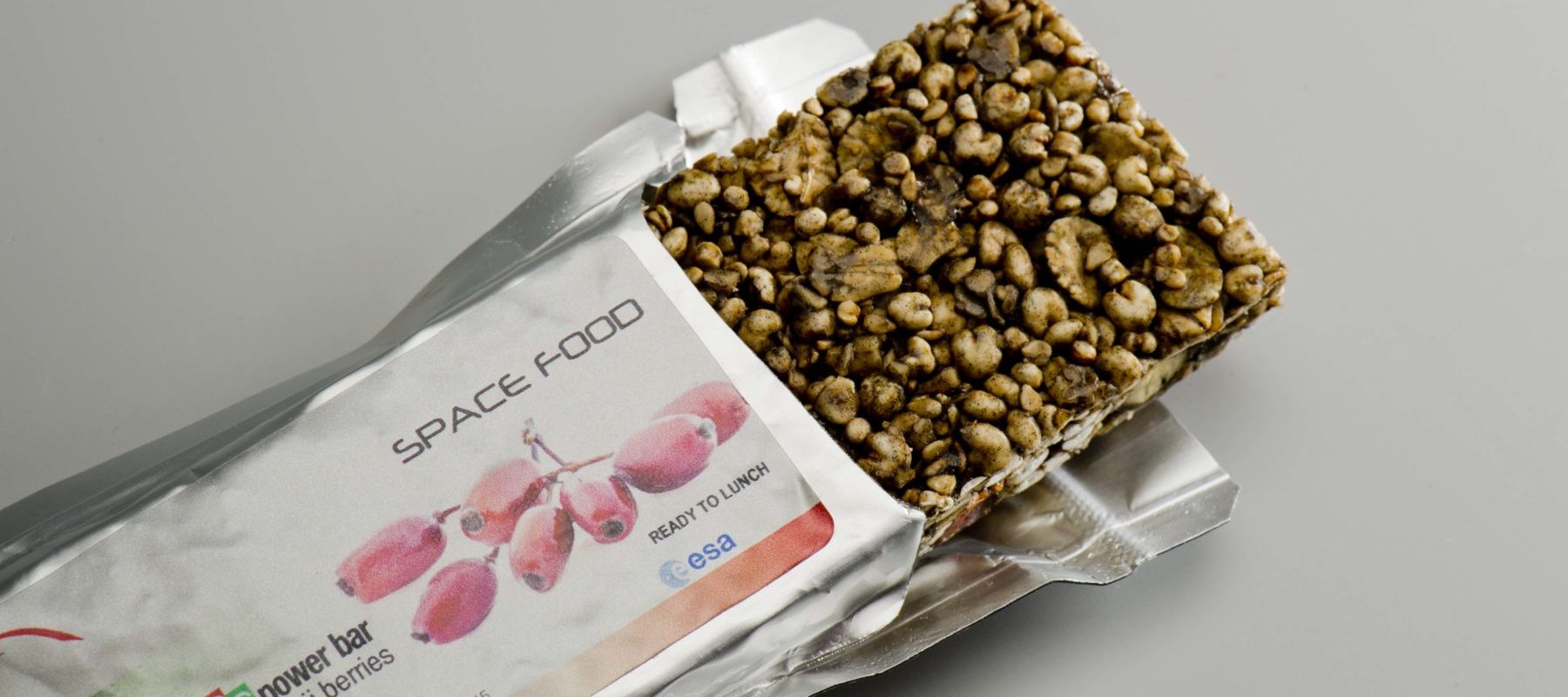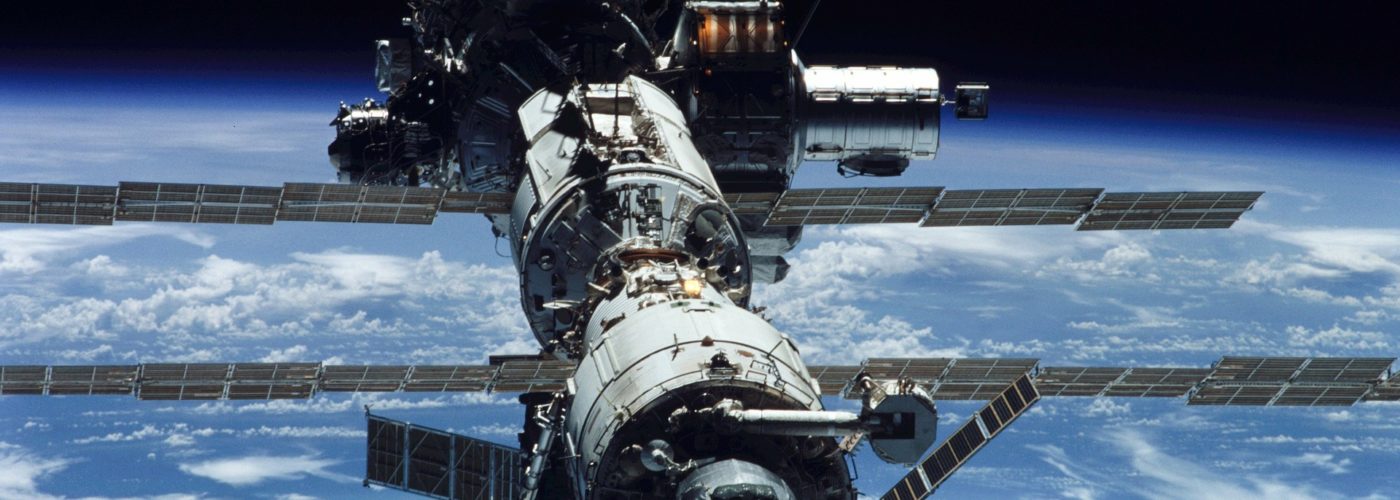Dr Christophe Lasseur, coordinator of the European Space Agency’s Micro-Ecological Life Support System Alternative (MELISSA), studies how to keep astronauts alive in space by recycling their waste products into water, oxygen, food and other materials. Using this expertise is helping the NextGen project design circular economy solutions for water on Earth. Catherine Collins spoke to him…
What were the goals of Melissa?
The main space agencies would like to explore further than the Earth’s orbit. To able to do that you need to carry onboard the spacecraft all the metabolic needs for the astronauts, which means air, water, food, etc. That is a lot of mass, it’s even too much for the capabilities of the launchers. The only solution is to recycle everything onboard, and try to reproduce oxygen, water and food from the waste.
What kind of waste are we talking about?
Not only human waste, there’s also CO2 which is breathed out by the astronaut, urine, plastic, packaging and so on.
So the idea is to create a self-sustaining environment?
Absolutely.
How does that relate to the circular economy and feed into the Next Gen project?
We started this investigation in Europe almost 29 years ago now. We were trying to create closed loops – this is now called the circular economy, but when we started this was not the name. We accumulated some know-how for space application.
But over the last more or less five years, you can clearly see a very strong movement to try to improve sustainability, to recycle, to try to reduce impact on the ecosystems [on Earth]. Reduce energy, reduce resources. [They’ve started] looking at what we already do for space – they are talking about towns, cities, and countries of course, but the idea is the same, it’s how can we try to close the loop.
What’s the relationship between closing loops in space and the circular economy on Earth?
From Melissa we have 4 spin-off companies which are currently focused for terrestrial application. Some are on biomass valorisation, some are on waste recycling, so there is clearly some synergy in between.
So we can learn ways to support the circular economy here on Earth, based on the research that you and other researchers have done on space?
I hope so, yes. To be able to transfer this information, this knowledge of Melissa, to another activity where there is terrestrial benefit – it makes sense. I would be very pleased if from time to time I was able to say to the Next Gen group – please don’t do it, we have already done it five years ago, here is the result, or that doesn’t work, better try this. That would already be very useful. Now of course [within NextGen] there is a new team and a new approach, and from time to time I will look at their approach to see if Melissa project can benefit as well.
What do you hope that the NextGen project will achieve?
It’s really important to be able to have a community that understands the challenges of a closed loop system. Today you have a lot of people who are talking about a closed loop, but they don’t realise what it really means. That will already be an achievement, that the people understand the challenges of closing the loop and [are then] able to progress altogether.

What’s the biggest risk in terms of a closed loop system in space?
The biggest risk is that it doesn’t work! In principle there is that risk, that the astronaut will suddenly have no oxygen, no water and no food, but this is a limited risk because in space we never have just one technology, we always have another in case of redundancy and so on.
There are other problems however, for example when you are living in a habitat that is extremely closed, anything can become harmful, such as chemicals that are [present during] the first hours at a very low level but accumulate progressively and can then become toxic for the astronaut. We also have a lot of microorganisms, because the astronaut produces a lot of these as well. There could be pathogens and this could be a risk. Generally the astronaut is living in microgravity, meaning everything is floating, and there are also some particles that can be floating in the air. If they are swallowed by the astronaut by mistake that becomes a risk as well. The challenges of managed space missions are very high.
Is there any way to control for micro-oganisms?
We are developing an instrument in order to be able to follow almost continuously the microbial pathogens in water, in the air, in order to be really able to identify the pathogen and see if it is worse for the astronaut or not. In principle the technology is generic enough [to be applied to water treatment plants], however we would need to know more about required performances.
Has there been anything that you discovered during Melissa that surprised you?
Two surprises! We were testing bacteria to check if it was edible or not and during these tests we realised that this bacteria has an effect on bad cholesterol. We patented it and now we have a company for this, it was a very pleasant surprise.
The other good news is that we’ve demonstrated that we can have very good control of algae in space. We cultivate spirulina which is an edible cyanobacteria. We have done this on board the International Space Station (ISS) – we predicted what the behaviour of this cyanobacteria in space should be and it behaved exactly as we expected, which was really a very pleasant surprise.
